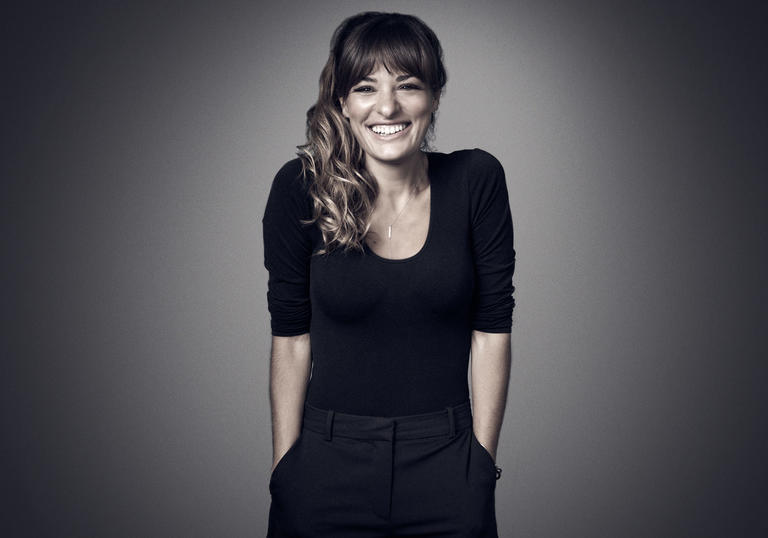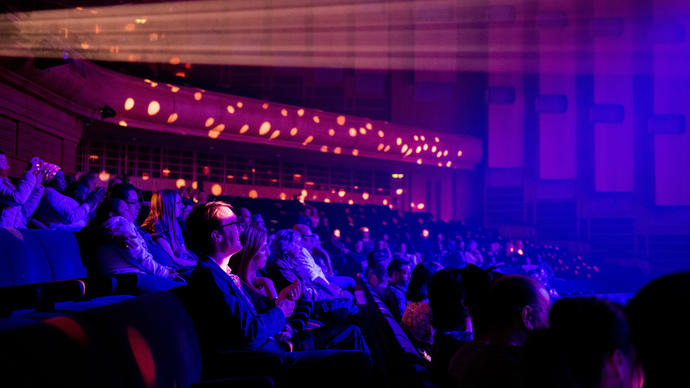
Programme and performers
Programme
Johann Sebastian Bach Partita in D minor for solo violin
1. Allemanda
2. Corrente
3. Sarabanda
4. Giga
5. Ciaccona
Eugène Ysaÿe Sonata No 5 for solo violin
1. L’aurore: Lento assai
2a. Danse rustiqueL Allegro giocoso molto moderato
2b. Moderato amabile – Tempo 1 – Poco più mosso
Wynton Marsalis Fiddle Dance Suite for Solo Violin
1. Sidestep Reel
2. As the Wind Goes
3. Jones’ Jig
4. Nicola’s Strathspey
5. Bye Bye Breakdown
Performers
Nicola Benedetti violin
Artist biographies
Nicola Benedetti is one of the most sought-after violinists of her generation. Her ability to captivate audiences and her wide appeal as an advocate for classical music has made her one of the most influential artists of today.
This season, Nicola opens the Barbican Centre’s season and amongst others, collaborates with the London Symphony Orchestra, LA Philharmonic, Netherlands Radio Philharmonic and Cincinnati Symphony. In April 2021 Nicola gave the world premiere of Mark Simpson’s Violin Concerto with the London Symphony Orchestra and Gianandrea Noseda – receiving critically acclaimed reviews. Other season highlights include a European tour with cellist Leonard Elschenbroich and pianist Alexei Grynyuk, who have been performing together as a trio since 2008, and tours to Spain with the Philharmonia Orchestra and Asia with the London Philharmonic Orchestra.
Winner of the GRAMMY Award for Best Classical Instrumental Solo in 2020, as well as Best Female Artist at both 2012 and 2013 Classical BRIT Awards, Nicola records exclusively for Decca (Universal Music). Her latest recording of Elgar’s Violin Concerto entered at number one in the UK’s Official Classical Album Chart. Other recent recordings include her GRAMMY award-winning album written especially for her by jazz musician Wynton Marsalis: Violin Concerto in D and Fiddle Dance Suite for Solo Violin.
Nicola was appointed a CBE in 2019, awarded the Queen’s Medal for Music (2017), and an MBE in 2013. In addition, Nicola holds the positions of Vice President (National Children’s Orchestras), Big Sister (Sistema Scotland), Patron (National Youth Orchestras of Scotland’s Junior Orchestra, Music in Secondary Schools Trust and Junior Conservatoire at the Royal Conservatoire of Scotland).
Nicola plays the Gariel Stradivarius (1717), courtesy of Jonathan Moulds.

Our Patrons and supporters
Find out about our Patrons, who help us keep our programme accessible to everyone and allow us to continue investing in the artists and communities we work with.
Love the arts? Become a Patron to engage more closely with our programme.
